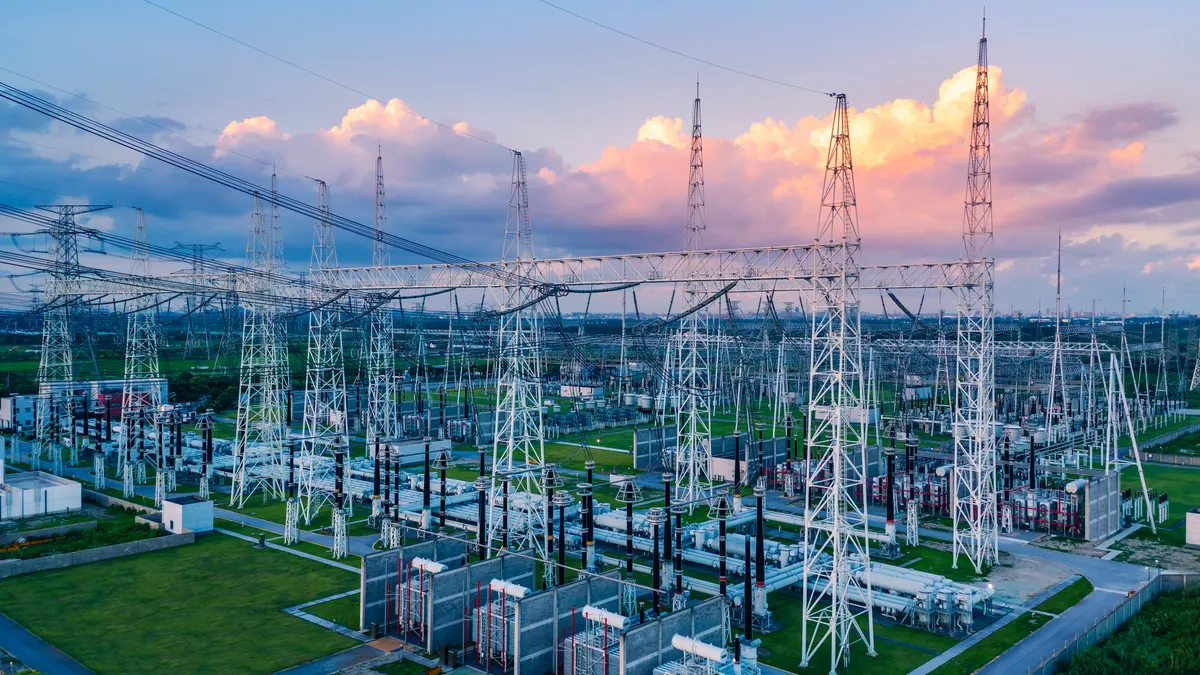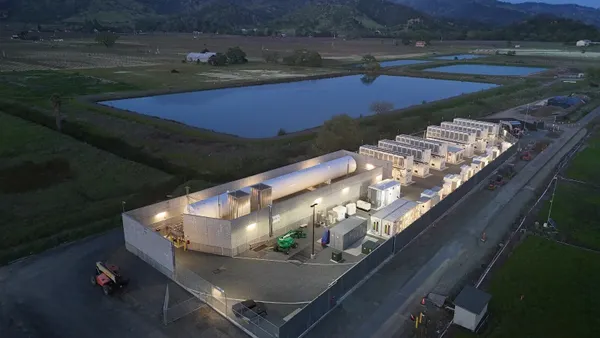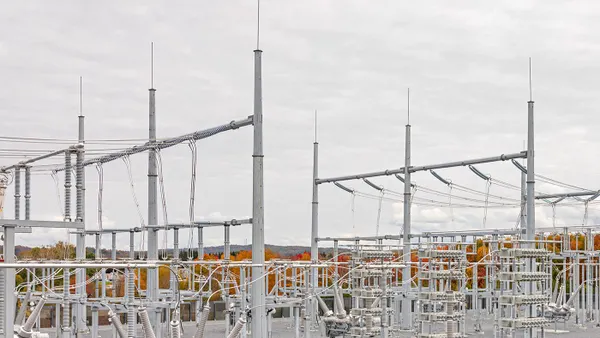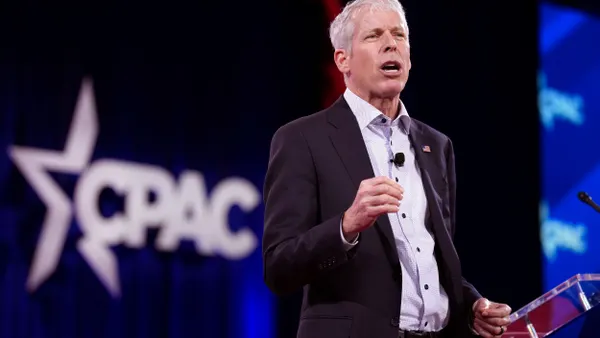The power industry is at the center of America’s economic growth story. Access to power has become a decisive factor in economic growth. For data centers, manufacturers and other large-load customers, the grid is now a gating factor in site selection for new facilities - and they can’t wait for years for infrastructure to catch up. With interconnection queues stretching upwards of five years in parts of the country, utilities must adopt new and agile strategies that deliver power on accelerated timelines.
Fuel cells offer a flexible and responsive approach to meeting electricity demand that is growing at rates not seen since the 1950s. Their modular design allows for rapid deployment close to the load, helping utilities address immediate capacity needs and support large customers.
By integrating fuel cells into their strategy, utilities can bridge power gaps and position themselves to capture new growth, rather than risk losing business opportunities because new prospective customers have to migrate to regions with more accessible electricity.
Power that keeps pace with demand
For utilities, the challenge isn’t just adding capacity — it’s adding it fast enough to keep pace with customers. Failure to deliver on accelerated timelines can mean losing major customers, and the economic development they bring, to other regions.
“The market has flipped in just a few years,” said Scott Dayer, director of utility and IPP origination at Bloom Energy. “Electrification was already accelerating, and now compute demand is surging on top of that. Together, they’ve turned a system that for years had surplus into one where the real challenge is adding capacity fast enough to keep up with large, hard-to-forecast loads.”
Fuel cells give utilities a way to meet that need without waiting for new transmission lines, substations or conventional generation. They are also a faster alternative to constructing traditional forms of colocated generation like gas engines and turbines, where a customer installs and manages its own onsite power.
Bloom Energy, for example, can deliver up to 50MW in as little as 90 days. With 1 GW of annual production capacity today and 2 GW expected by the end of 2026, Bloom can support utilities in bringing hundreds of MW online in under six months.
For utilities, this capability provides a critical bridge. Fuel cells can serve large-load customers immediately while infrastructure upgrades progress. Plus, unlike gas turbines or reciprocating engines, fuel cells operate quietly, have a smaller footprint and carry a significantly lower emissions profile, making permitting easier and deployments more acceptable to neighboring communities. Crucially, fuel cells deliver firm 24/7 power, ensuring utilities can reliably meet customer demand as projects come online.
Power that scales with demand
Fuel cells offer scalable power that can be deployed at customer sites or at distribution substations, giving utilities maximum flexibility to match load growth over time. For example, Bloom’s skid-mounted “copy-and-paste” modular architecture enables rapid deployment at any scale — from hundreds of kilowatts to hundreds of megawatts — without introducing scaling risk.
This flexibility is especially valuable for large-load customers such as colocation data centers, where demand can expand quickly as new tenants move in after construction is complete. The compact, skid-mounted design of fuel cell systems allows utilities to scale power efficiently. For example, a 20,000-square-foot ground mount can provide 30 MW of power. The same footprint, with a four-unit-tall install configuration, can deliver 100 MW.
Case in Point: AEP Delivers for AWS with Bloom Fuel Cells
American Electric Power (AEP) will be utilizing Bloom Energy Server systems to provide immediate, reliable power to Amazon Web Services (AWS) and Cologix data centers in Central Ohio. The fuel cells will enable the customer to begin operations quickly while AEP continues to permit and build out traditional transmission solutions over a multi-year timeline. Under these long-term agreements, the customers cover the full project costs, protecting utility ratepayers and ensuring the region retains economic development that might otherwise migrate elsewhere.
Beyond scaling capacity, fuel cells also provide operational flexibility. They can integrate with microgrids, distributed energy resources (DERs) or other grid assets, allowing utilities to optimize energy delivery, improve resilience and respond to shifting demand patterns in real time.
Power that moves with demand
One of the unique advantages of fuel cells is their mobility. Mounted on skids, crews can relocate them after infrastructure upgrades are complete, allowing utilities to optimize deployment as demand shifts. “Equipment can be redeployed as transmission constraints change, so utilities maintain flexibility and avoid overcommitting to one location or site,” Dayer said.
This modular design enables rapid redeployment to meet evolving load requirements, allowing utilities to position capacity where it’s needed most and respond to changing market dynamics efficiently.
Bridging the gap with fuel cells
Fuel cells provide utilities with a proven, flexible solution to meet growing electricity demand. Bloom Energy’s Solid Oxide Fuel Cell Energy Server® power systems can be deployed behind or in front of the meter, or grid-parallel, in a variety of configurations and contracting models, offering utilities the ability to respond to evolving customer needs with speed and reliability.
With a 17-year record of proven reliability, over 1.5 GW of deployed capacity, Bloom’s modular architecture enables rapid, scalable deployment while delivering high efficiency and firm 24/7 power. By integrating fuel cells into their energy strategy, utilities can capture new growth, retain high-value customers and ensure economic development remains in their regions.
The stakes are high: failure to deliver on accelerated timelines can mean losing major customers — and the economic development they bring — to other regions. Contact Bloom Energy today to learn how fuel cells can help you deliver power faster and stay competitive.










